My White Cane Gives Me a Sense of Life
I was pursuing a diploma course in Procurement and Logistics management at an Institution in Gulu, Uganda in 2014. Under the care of a single mother, my dream was to study hard, get a job, and relieve her of part of the financial burden she faces daily.
However in 2014, I started losing hope, when an eye infection blurred my vision. While walking around during day, I could feel like I was going to fall in a pit. At night, I could see an illuminated horizon, but beside me, was darkness.
The numerous visits to the eye clinic at the government hospital did not improve my condition. I became disheartened, when each of the three specialists I consulted gave a different diagnosis.
All the tablets and eye drops prescribed did not help. By the end of 2015, I completely lost my sight, and was plunged into total darkness.
It took time for my family members to believe that I had lost my sight. At table, I would spill food when serving. My only sister thought I was becoming a mean brother, who wanted to bother her with more chores. When it was time for going to the garden and I said I could not do it, my mother assumed that I
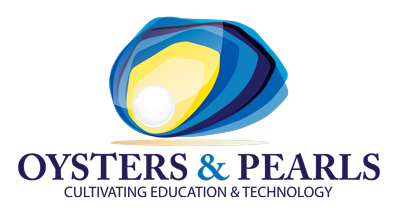
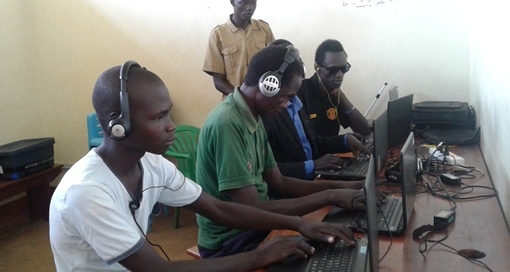
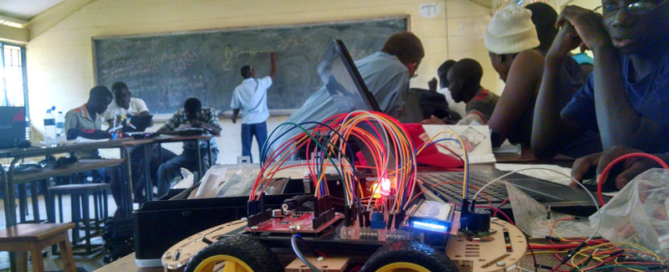
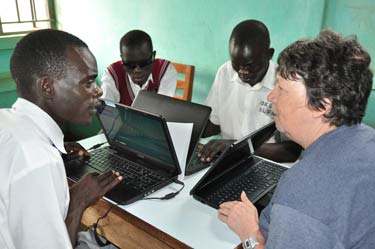
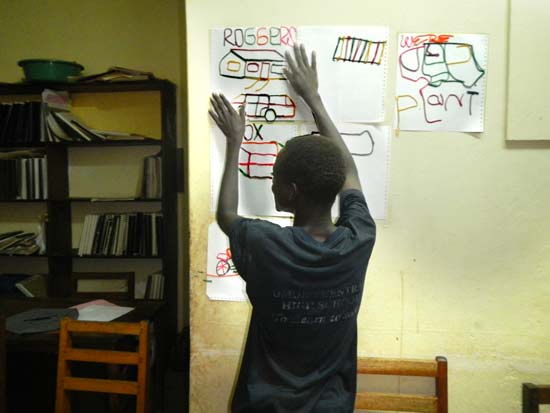
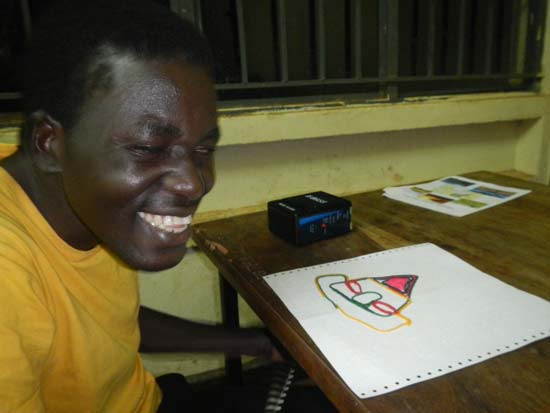
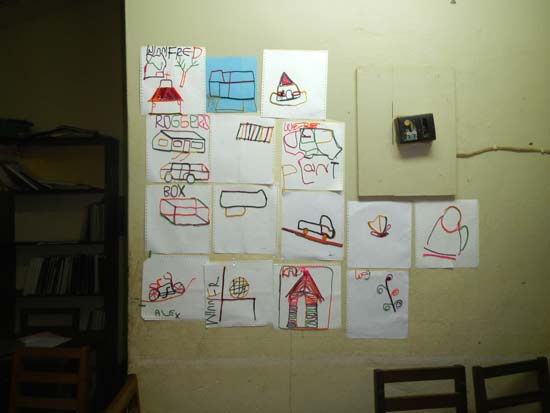
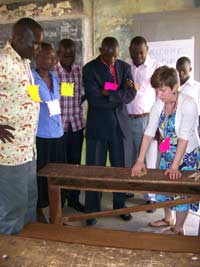 Erin and I excitedly geared up for our trip. Our goal was to bring minimal amounts of material, and plan with the teachers how to locally source as many materials
Erin and I excitedly geared up for our trip. Our goal was to bring minimal amounts of material, and plan with the teachers how to locally source as many materials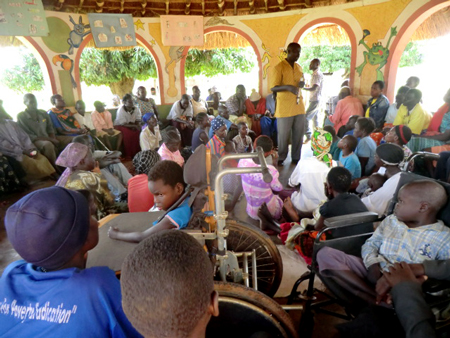 Dear Sandra,
Dear Sandra,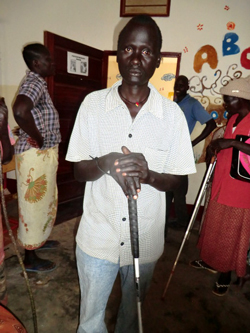 Man having just received his white cane. There were new blind persons that attended the meeting and they requested me to obtain for them the white canes. I have given some to a few because I only have very small canes (for young children) only. If you have the possibility of getting more white canes it would help me addressing their needs.
Man having just received his white cane. There were new blind persons that attended the meeting and they requested me to obtain for them the white canes. I have given some to a few because I only have very small canes (for young children) only. If you have the possibility of getting more white canes it would help me addressing their needs.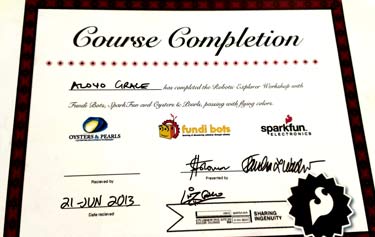 Please enjoy Linz Craig’s blog:
Please enjoy Linz Craig’s blog: